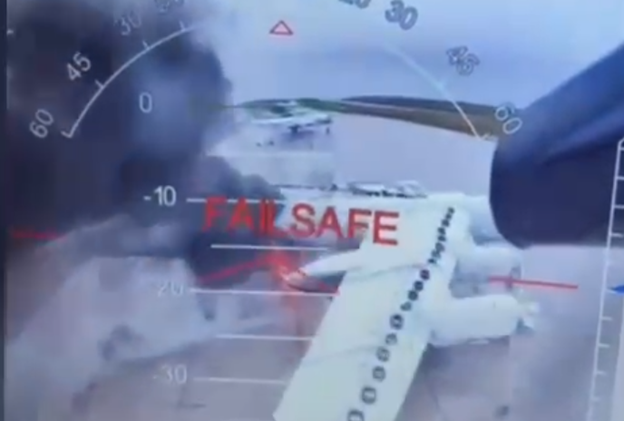The UN delivered nearly 600 truckloads of aid into the Gaza Strip via the southern Kerem Shalom crossing, but distribution remains severely limited, said Jens Laerke, spokesman for the UN Office for the Coordination of Humanitarian Affairs.
The routes designated by the Israeli military were in part too dangerous and overcrowded, and travel permits were sometimes cancelled at short notice, Laerke said in Geneva on Friday.
"The occupying power is deliberately blocking aid from entering Gaza. This is drip-feeding food into an area of catastrophic hunger," he said in sharp criticism of Israeli policy.
He described the region as "the hungriest place on earth."
The trucks are carrying flour and special food for malnourished children. Desperate people had thrown themselves onto the loads in those cases where the aid could be distributed, Laerke said.
"The aid operation that we have ready to roll is being put in an operational straitjacket that makes it one of the most obstructed aid operations, not only in the world today, but in the recent history of global humanitarian response anywhere," the UN spokesman noted.
Israel prevented aid from reaching the Gaza Strip after it resumed military operations on March 18 following a temporary ceasefire. The stated aim was to pressure Hamas to release the remaining hostages seized on October 7, 2023.
Blockade was eased some 10 days ago
Laerke said the UN had tens of thousands of pallets of food and other necessities ready, but was unable to distribute them.
According to the UN, Israel is backing the work of the controversial Gaza Humanitarian Foundation (GHF), which is distributing aid at a few locations under armed guard.
Recipients are forced to trek for kilometres to access the aid, and this is dangerous, Laerke said, calling for the aid to be delivered directly to those in need.
Israel charges that Hamas has been stealing the UN aid and selling it. Laerke cast doubt on this. "We have seen no major diversion of aid on our watch," he said. This should in any case not lead to 2 million people going without necessary supplies, he added.
According to Laerke, 81% of the Gaza Strip has been declared a military or evacuation zone, with 635,000 people displaced since the end of the temporary ceasefire.
.png)
 German (DE)
German (DE)  English (US)
English (US)  Spanish (ES)
Spanish (ES)  French (FR)
French (FR)  Hindi (IN)
Hindi (IN)  Italian (IT)
Italian (IT)  Russian (RU)
Russian (RU)  1 week ago
5
1 week ago
5








Comments